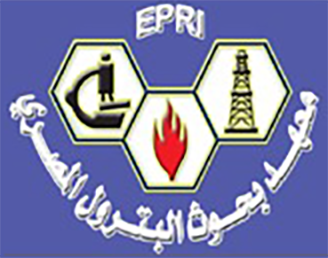Article Type
Research Paper
Abstract
Modified polystyrene-chitosan composite membranes were prepared in dependance on ratios of chitosan to polystyrene matrices and structure-property relationship was discussed. Fourier transform infra-red (FT-IR (, scanning electron microscope (SEM (, and thermogravimetric analysis (TGA) techniques were employed to evaluate the chemical composition, surface topography, and thermal stability, respectively. Additionally, investigations were conducted on mechanical strength, water and ethanol uptakes, ion exchange capacity as well as proton conductivity. The sulfonation process was approved by FT-IR analysis, which revealed a characteristic absorption band at 1377-1300 cm-1 and 3450 cm-1. The TGA reveals that obtained membranes are thermally stable up to 300°C. The ion exchange capacity (IEC) values for sulfonated polystyrene (SPS) and SPS with 0.05% chitosan were 0.95 and 0.98 meq/g, respectively, which were greater than those testified for Nafion 117 membranes (0.91 meq/g). However, the sample containing 0.06% chitosan had the best mechanical properties. Importantly, there was a noticeable increase in proton conductivity (PC) ranging from 0.12 S/cm to 0.17 S/cm with incorporating 0.05% of CS. This accomplishment exceeds the documented proton conductivity value of 0.084 S/cm for Nafion-117.
Keywords
chitosan; composite; electrolyte membrane; fuel cells; modified polystyrene.
Recommended Citation
Afifi, Kholoud A.; Saied, Mohamed Abu; Khaleq, Najwa Abdel; and Fahmy, Alaa
(2024)
"Modified polystyrene-chitosan composite as an electrolyte membrane: structure-property relationship,"
Egyptian Journal of Petroleum: Vol. 33
:
Iss.
1
, Article 6.
Available at: https://doi.org/10.62593/2090-2468.1013
Creative Commons License

This work is licensed under a Creative Commons Attribution-NonCommercial-No Derivative Works 4.0 International License.






